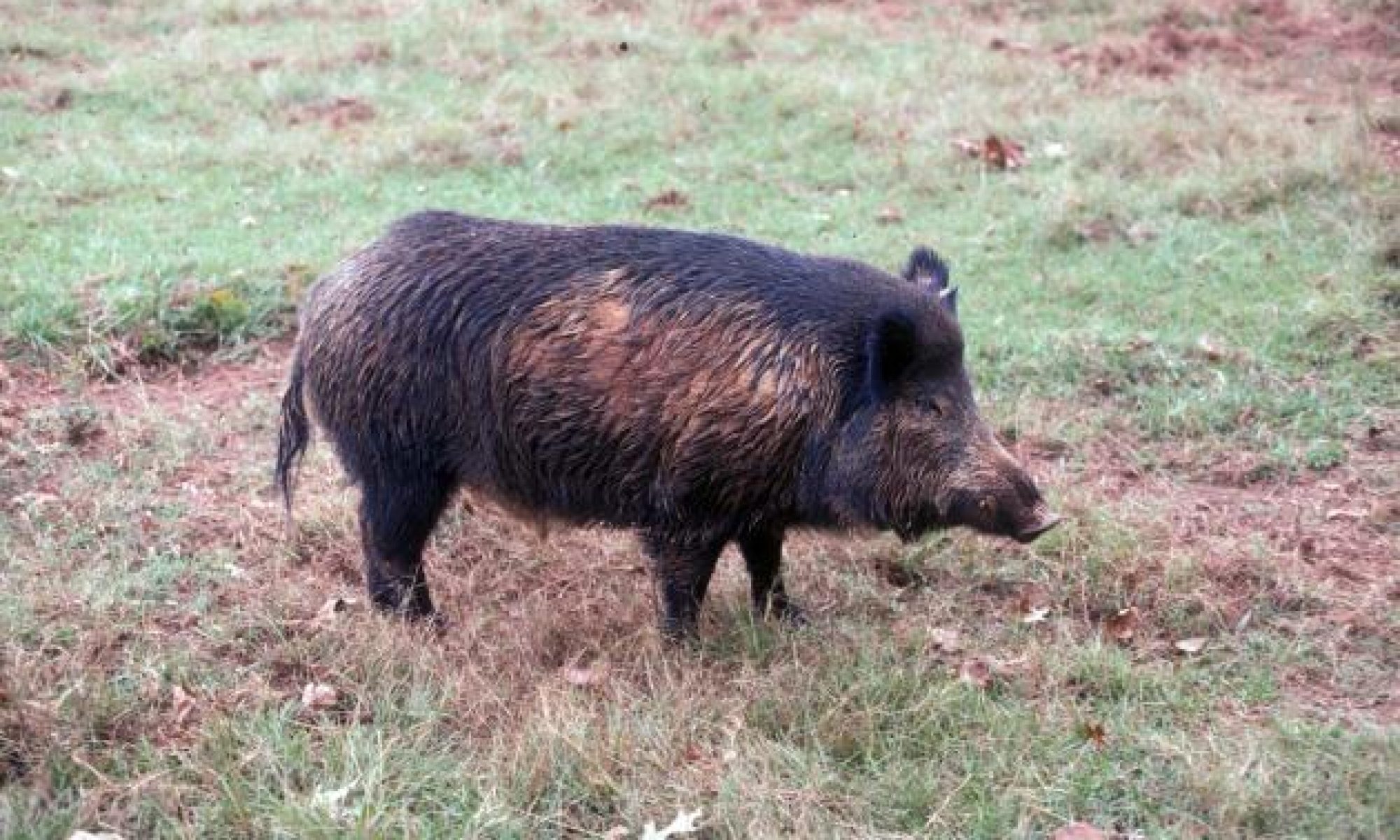
Figure 1. A litter of feral hog shoats captured in a box trap in Texas (Texas AgriLife Extension Service Photo).
Construction
Box traps come in a variety of designs and shapes. Most are built from livestock panels with steel pipe or angle iron frames. Because most traps are built by the users, they differ greatly in size, portability, door configuration, flooring, and roofing. In some areas, ready-to-use box traps with several different styles of gates can be purchased. A common design is a 4- by 8-ft, heavy-duty cage, typically 3 to 4 ft tall. A top is recommended to keep the hogs from crowding in the corners and climbing out. If the trap is fully enclosed with a top and a floor, the trapper may be able to transport a live hog without removing it from the trap. However, all box traps—particularly those without floors—require T-posts to anchor them, adding materials that increase trap cost.
Advantages/Disadvantages
Feral hogs cause damage to the environment, impacting water quality, landscapes, crops, livestock, and wildlife. Box traps can be used; however, other trapping and control techniques should also be adopted. There are some advantages to box traps. For instance, they can be easily moved, located, and set quickly. They also fit easily in the bed of a pickup truck or on a small trailer, and a person can handle the effort by themselves. One disadvantage is that box traps typically catch only 1 or 2 adult hogs, and sometimes a litter of young hogs (Fig. 1), at a time. Pre-baiting traps is required to be effective, which can be expensive and time consuming. Because of the low number adult hogs trapped, multiple box traps are often needed to have much of an effect on feral hog populations. It is also important to remember that box traps can catch non-target animals such as deer, calves, and other wildlife and livestock. The trapper should be prepared for this and make appropriate arrangements to minimize impacts on non-target animals.
Placement and Baiting
Place the box trap near a creek, pond, or other watering location, particularly if these are near bedding or feeding areas. Areas with brush are also good. Feral hog trails are ideal locations for trap placement. To attract the animals to the bait, set the trap upwind of areas frequented by hogs. A game camera can help determine hog behavior in the area and identify optimal locations for trap placement. Trapping feral hogs is a process, not an event. Box traps must be pre-baited to attract feral hogs. Place the bait inside the trap near the gate, and set the trap once feral hogs are acclimated to freely traveling in and out of the trap.
